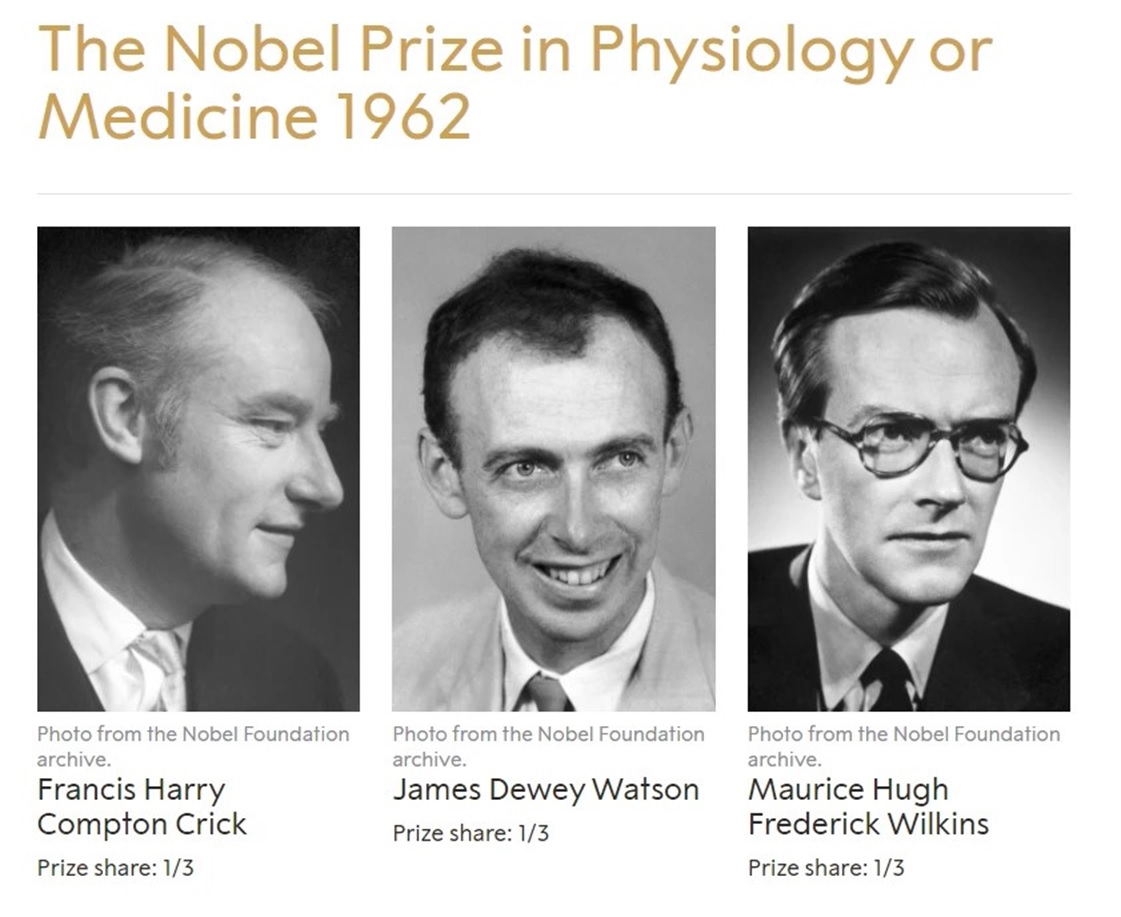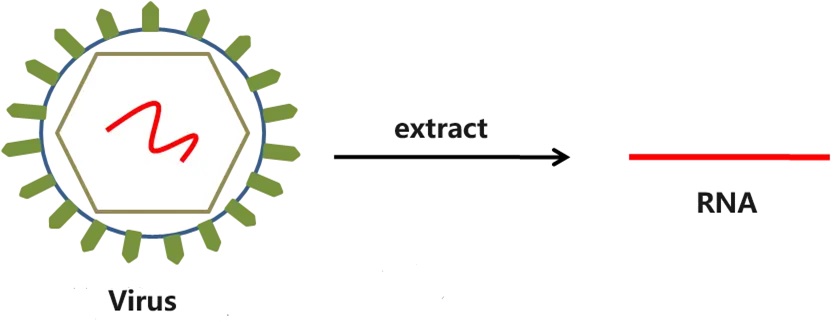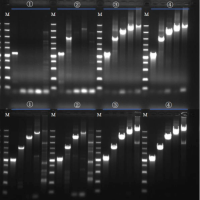DNA, known as Deoxyribonucleic Acid, is a bio-molecule found in cells and the main carrier of an organism’s genetic information. The DNA molecule is a long, chain-like structure made up of four bases (Adenine, Guanine, Thymine, and Cytosine), which encode an organism’s genetic information through the different order in which they are arranged.
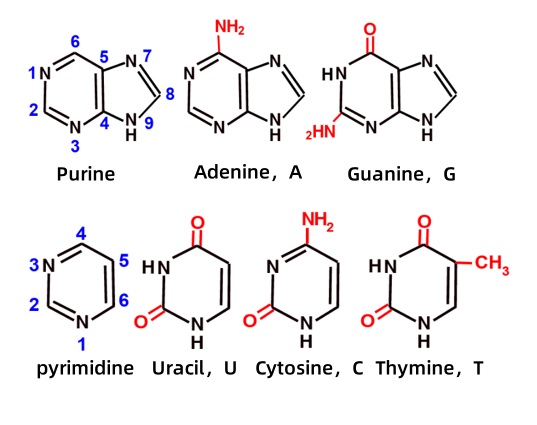
▲Schematic representation of bases (image source network)
The structure of DNA is a double helix, similar to the shape of a ladder. Each DNA molecule consists of two complementary strands that are joined together by hydrogen bonds between bases. In this case, three hydrogen bonds are formed between adenine and guanine, and two hydrogen bonds are formed between thymine and trout purine, which keeps the two strands of DNA stable.
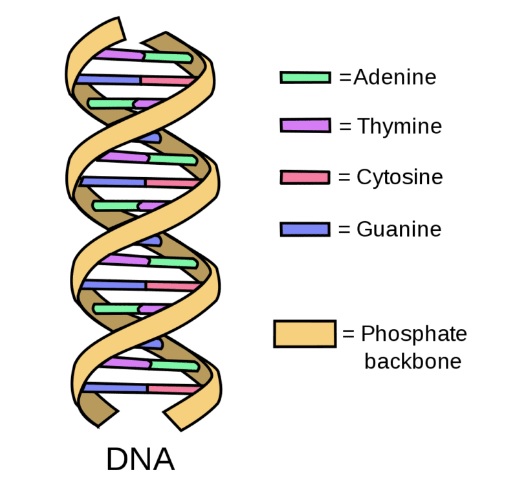
▲Schematic of DNA structure(image source network)
The primary function of DNA is to store and transmit genetic information. It contains the genetic instructions of an organism and determines the development, function and characteristics of the organism. Specific functions include:
- Genetic information storage: the sequences of bases in the DNA molecule encode the genetic information of an organism, including the sequences of genes and non-coding regions. This information determines the organism’s protein synthesis and other biochemical processes.
- Transmission of genetic information: DNA is capable of replicating itself during cell division and passing on genetic information to the next generation through the transmission of genetic material. This ensures that the offspring inherits the genetic characteristics of its parents.
- Protein synthesis: The coding region of DNA contains genes, which transcribe information from DNA into RNA through the process of transcription and then translate the RNA into proteins through the process of translation. Proteins are the main functional molecules of organisms and are involved in almost all biological processes.
- Regulation of Gene Expression: Non-coding regions of DNA contain regulatory elements that regulate gene expression. They can initiate or inhibit the transcription process of genes, thereby regulating protein synthesis.
- Maintenance of cell structure and function: DNA exists in the cell in the form of chromatin and maintains the structure and function of the nucleus. It is involved in the assembly and stabilization of chromosomes, ensuring normal cell division and transmission of genetic information.
In summary, the function of DNA is to store, transmit and express genetic information, as well as maintain cell structure and function. This enables organisms to inherit characteristics, adapt to their environment and carry out normal biological processes.
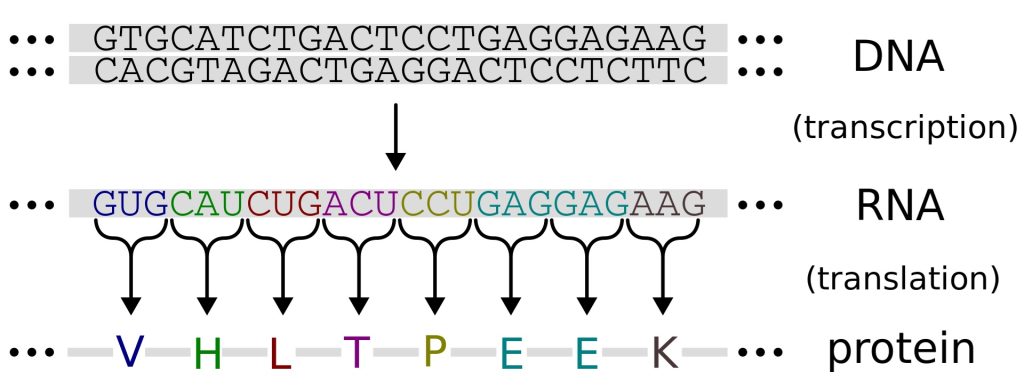
▲Gene Expression Process(image source network)
In conclusion, DNA applications have a wide range of applications in the fields of medicine, biology, agriculture, environmental protection, etc., and have a significant impact on the development and health of human society.

